Content

Characteristics of domestic wastewater include: - **Physical characteristics**: such as color, temperature, turbidity, and odor. - **Chemical characteristics**: including pH, BOD (Biochemical Oxygen Demand), COD (Chemical Oxygen Demand), nitrogen compound
Update: 05/07/2022
Share:




Situation of domestic wastewater nowadays
This source of domestic wastewater is mainly concentrated in residential areas, apartment buildings, adjacent villas, office buildings, restaurants, small businesses, shopping centers, entertainment areas, schools...

Domestic wastewater has a very high pollution index. If not treated promptly with appropriate measures, it can be the cause of environmental pollution or the formation of diseases directly affecting human health. To have the most effective treatment method, it is necessary to understand the characteristic parameters.
So, what are those parameters? According to environmental experts, the characteristic parameters of domestic wastewater are the physical, chemical, and biological parameters existing in this type of wastewater. They have many different indices compared to industrial wastewater, hospital wastewater... Therefore, the treatment methods will also be different.
Characteristic parameters of domestic wastewater
Physical parameters in domestic wastewater
The physical characteristics in domestic wastewater include factors such as: Total solid content in water, water odor, temperature, turbidity, and water odor. Specifically as follows:
Total solid content
In domestic wastewater, the solid content is relatively high, including components such as: Insoluble solids, suspended solids, and some compounds dissolved in water. In urban wastewater, the total solid content accounts for about 45 - 65%.
They exist in the form of suspended layers, floating on the surface of the water, or settling down to the bottom. Among them, solids with the ability to settle or settle quickly are usually easier to treat by simpler methods than suspended solids.
Odor of domestic wastewater
Initially, domestic wastewater hardly produces unpleasant odors. However, after a period of time combined with various factors and the biological decomposition process in the form of anaerobic digestion, they begin to produce a series of strong foul odors.
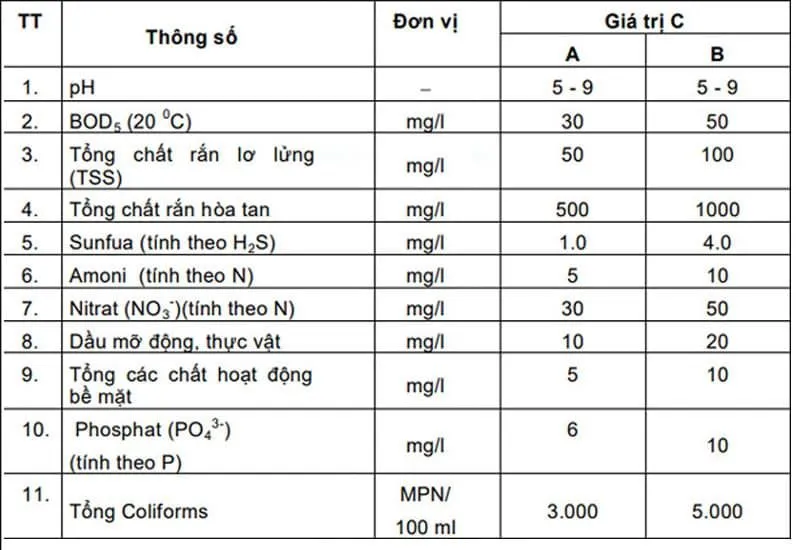
The more unpleasant the odor of wastewater, the higher the level of pollution, and vice versa. Therefore, odor needs to be considered to serve the most appropriate treatment method.
Temperature of domestic wastewater
Basically, domestic wastewater will have a higher temperature than tap water. The reason is that this water source is discharged from warm water sources due to the impact of living and commercial activities. However, compared to air temperature, the temperature of domestic wastewater is lower.
The temperature of domestic wastewater is a very important parameter. Because it directly affects the life of organisms in water, the dissolution of oxygen, and the bacterial decomposition process. In addition, all wastewater treatment systems must undergo a biological treatment process, which is greatly affected by temperature.
Color of domestic wastewater
The color of domestic wastewater is usually created by the decomposition of organic matter in water. They have certain characteristic indices and are used to evaluate the general pollution level of wastewater sources.
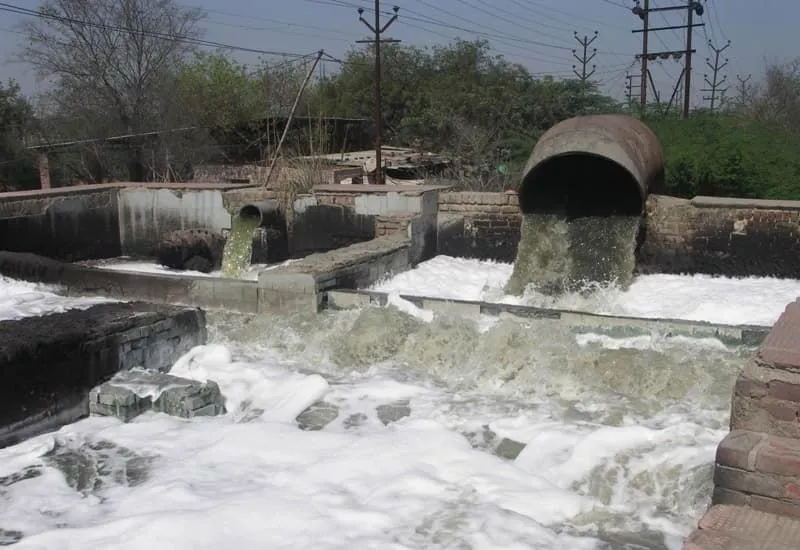
Turbidity
Turbidity is a characteristic parameter of wastewater regarding the content of suspended organic matter, colloidal substances, causing water to lose transparency. To check the turbidity of wastewater, a turbidity measuring unit: NTU is used.
Chemical and biological parameters
Chemical and biological parameters require specific characteristic parameters of domestic wastewater including: pH, chemical oxygen demand, biochemical oxygen demand, nitrogen content, surfactants, dissolved oxygen, heavy metal parameters, and toxic substances. Specifically as follows:
pH value
The pH value is determined by the acidity and alkalinity in water. This is an important parameter in evaluating the characteristics of domestic wastewater. Because this concentration directly affects the biological rate in water, and biological wastewater treatment models need to be carried out in water environments with a pH fluctuating from 6.5 - 8.5 to achieve the highest efficiency.

According to recent statistical results, current domestic wastewater has a pH ranging from 6.9 - 7.8, so neutralization measures may not be necessary during treatment.
Chemical oxygen demand (COD)
It is the amount of oxygen needed to oxidize organic matter in wastewater. The unit used to measure the chemical oxygen demand concentration is usually mgO2/L or mg/L. The determination of COD content in domestic wastewater is done by the dichromate method.
In this case, potassium dichromate is used as a strong oxidizing agent to oxidize complex organic matter. Next, the amount of potassium dichromate is titrated with a molybdate salt solution.
Biochemical oxygen demand (BOD)
This is a prominent characteristic parameter of domestic wastewater caused by the biological degradation of organic matter. Biochemical oxygen demand is determined by calculating the amount of oxygen needed to degrade dissolved organic matter, suspended organic matter, and colloidal substances.
Along with the participation of microorganisms in aerobic conditions. The unit of biochemical oxygen demand is calculated in MgO2/L or Mg/L. Currently, domestic wastewater typically has BOD = 68% compared to COD
Nitrogen content in water
Inorganic nitrogen and organic nitrogen. In domestic wastewater, most inorganic bonds include NH4+, NH3, and oxidized forms: NO2– and NO3– for treated wastewater. Untreated wastewater usually does not contain NO2– and NO3–. Organic bonds in wastewater are mainly compounds originating from excess food protein.
Surfactants
Surfactants are mainly produced from the use of detergents in domestic life. These are organic compounds with two basic characteristics: hydrophilic and hydrophobic. From there, they dissolve substances in water and in oil.
The presence of surfactants directly affects the process of domestic wastewater treatment in the future. Because they impede the settling of suspended solids, causing foaming. This reduces the efficiency of the biological treatment process.
Characteristic parameters of dissolved oxygen in wastewater
In general, the amount of dissolved oxygen in domestic wastewater is usually very low. However, in aerobic biological treatment processes, a large amount of dissolved oxygen is needed, at least 2mg/l must be achieved. In addition, the treated domestic wastewater must have a dissolved oxygen content greater than 4mg/l to meet the standard for drinking water and 6mg/l for fish farming water.
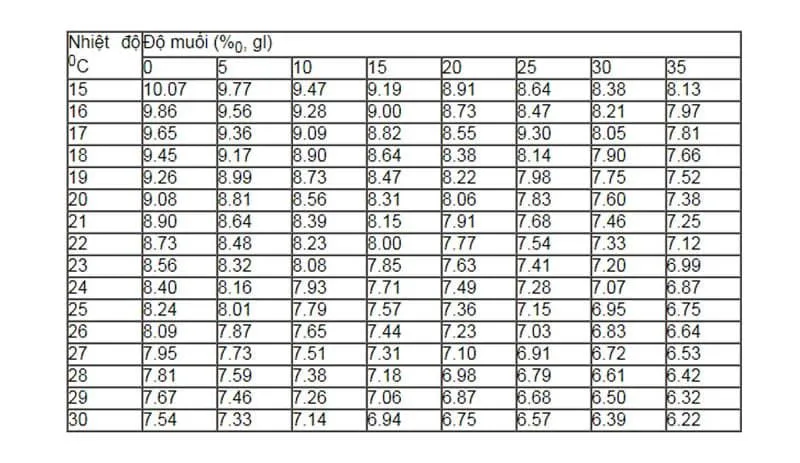
The characteristic parameters of dissolved oxygen are very important in the process of treating aerobic domestic wastewater. Therefore, it is necessary to pay special attention and accurately evaluate to ensure the most effective water filtration operation in the future.
Heavy metal parameters and toxic substances
Among these parameters, the content of heavy metals and toxic substances is a very important factor that needs attention and research. In domestic wastewater, there are heavy metals and toxic substances such as: Copper, lead, cobalt, chromium, cadmium, nickel, mercury... These substances hinder the biological treatment process of wastewater.
Microbial parameters
Domestic wastewater usually contains a certain amount of microorganisms. Among them, there are types that can cause diseases to the human digestive system. A typical example is E. Coli bacteria. This type of bacteria accounts for a very high proportion in the microbial system of domestic wastewater. They can survive in harsh environmental conditions.
Furthermore, this type of bacteria is the main factor causing intestinal diseases in humans, and if not treated promptly, it can lead to death, especially in children. Therefore, determining microbial parameters in domestic wastewater to have appropriate treatment measures is extremely important and necessary.
With the above sharing of ours on the characteristic parameters of domestic wastewater, we hope that it has helped you understand more about the biological, physical, and chemical characteristics and levels in this type of water.
From there, develop safe and effective domestic wastewater treatment systems. For more detailed information, please contact us at the hotline: 0913.543.469 for direct advice and support from professional water treatment experts.
Update: 05/07/2022
Share:




Related news
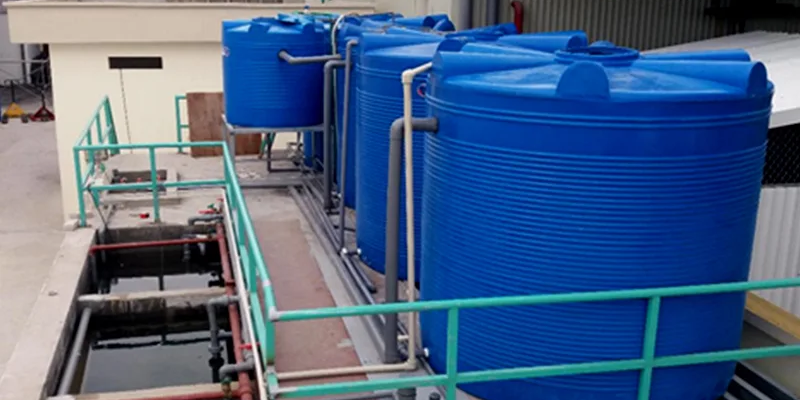
Effective Pharmaceutical Wastewater Treatment Solutions from Toan A JSC
Created at: 04/09/2024

Optimal Solution for Medical Wastewater Treatment from Toan A JSC
Created at: 04/09/2024
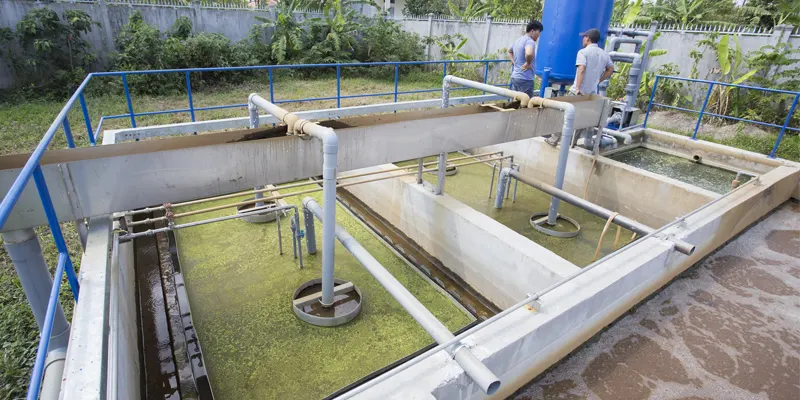
Advanced domestic wastewater treatment technology by Toan A JSC
Domestic wastewater is one of the largest sources of pollution to the environment if not treated properly. In Vietnam, besides individual households, urban areas, apartment buildings, restaurants, hotels, and service establishments are required to comply with the treatment of domestic wastewater according to the QCVN 14:2008 standard set by the Ministry of Natural Resources and Environment to ensure environmental safety and human health. Currently, there are many methods for treating domestic wastewater, each with its own characteristics and specific applications, suitable for different types of wastewater and specific requirements. Let's explore this issue further with Toan A JSC in the following article!
Created at: 14/08/2024

















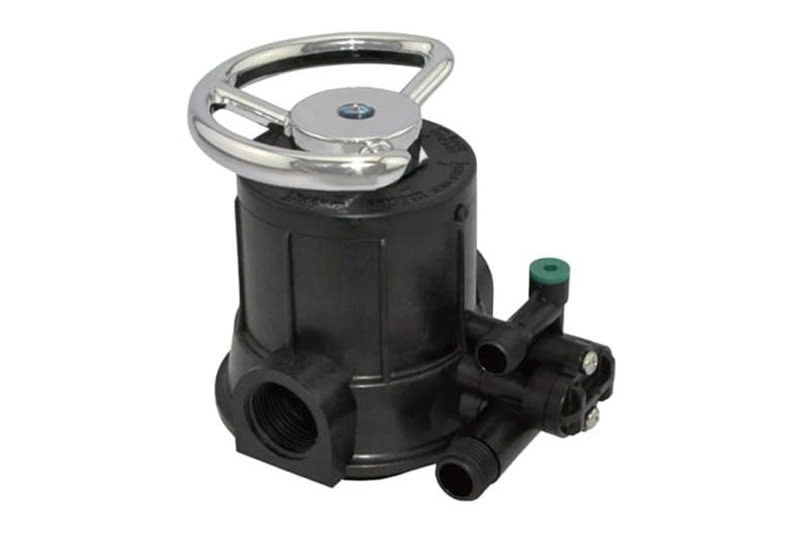
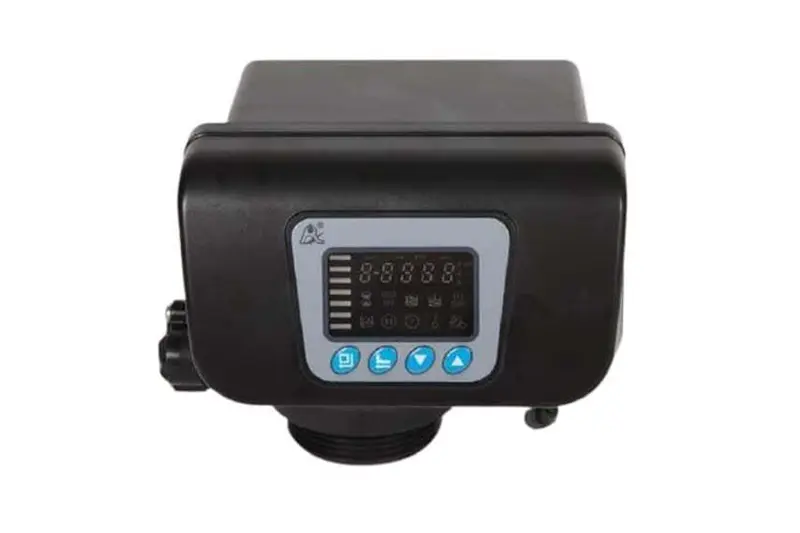




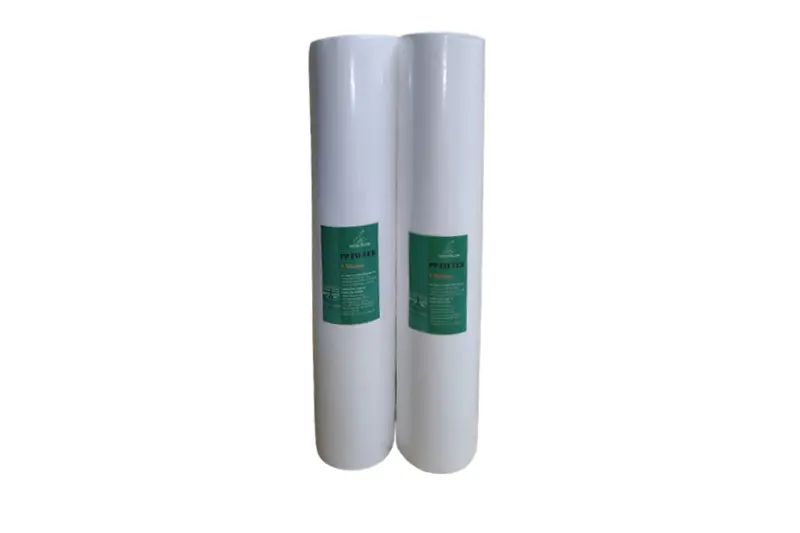



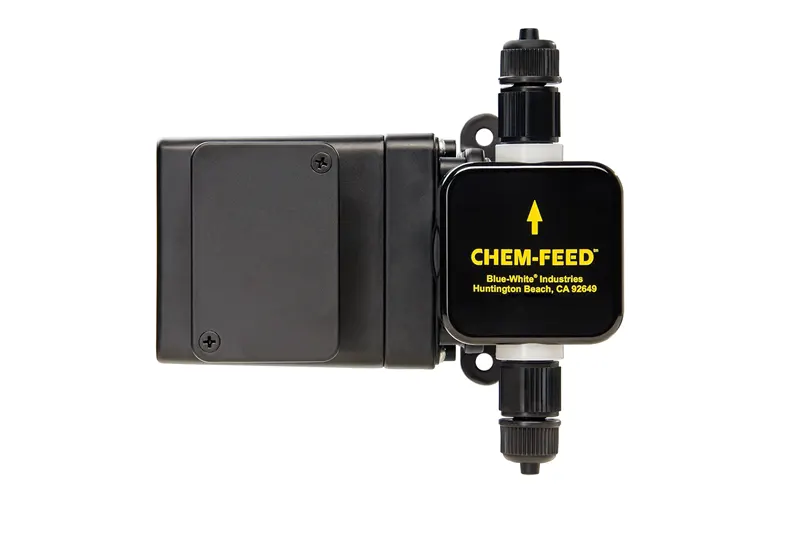
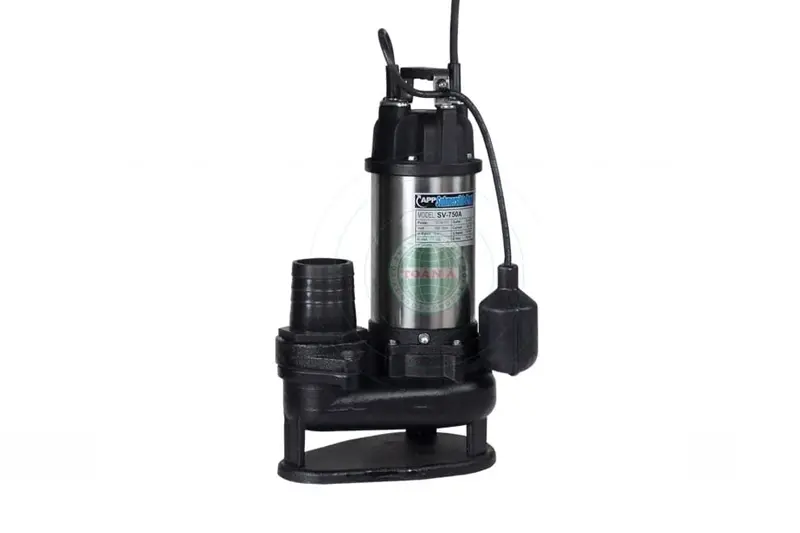



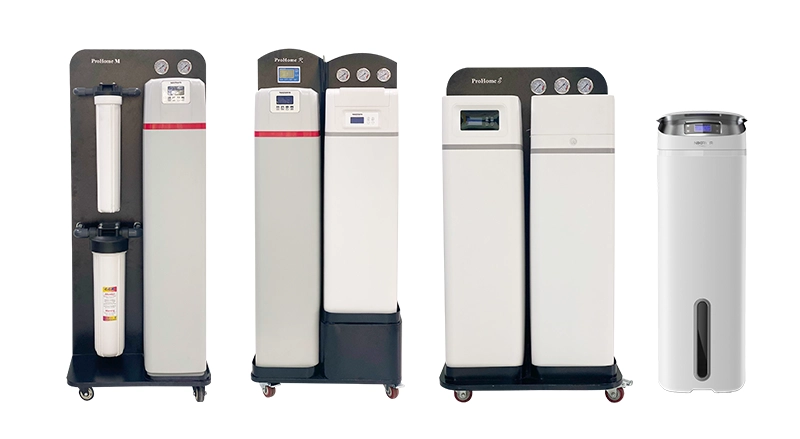
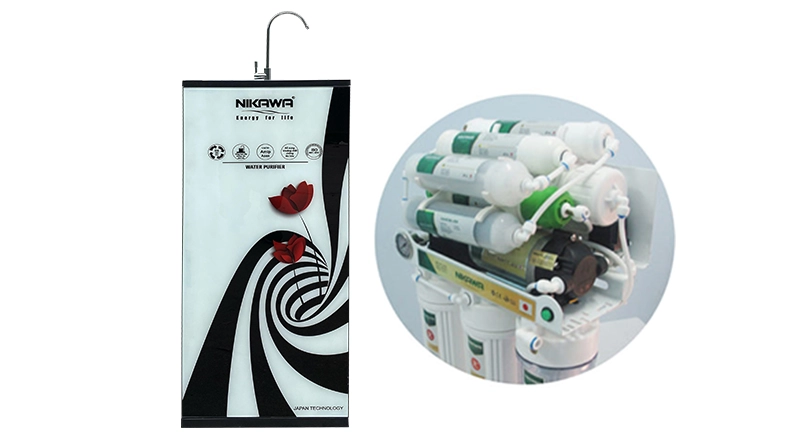
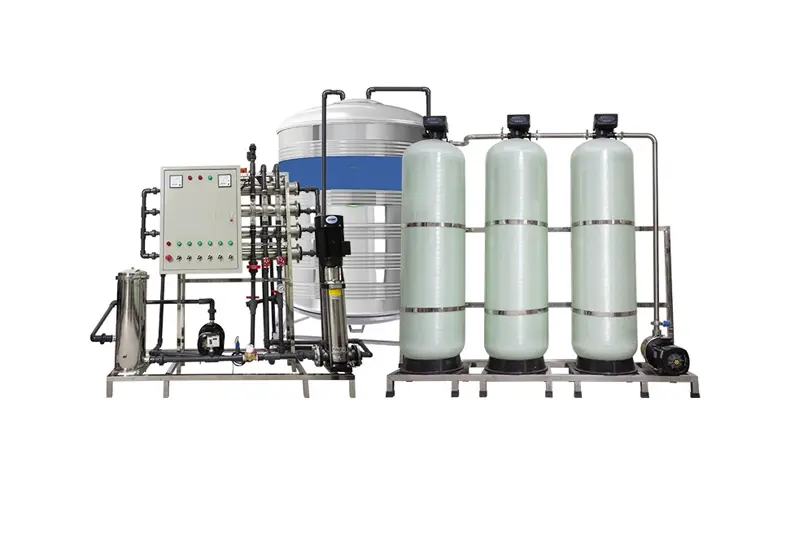
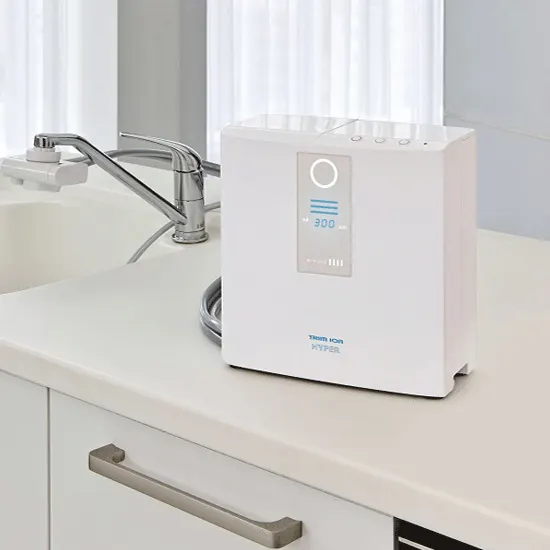
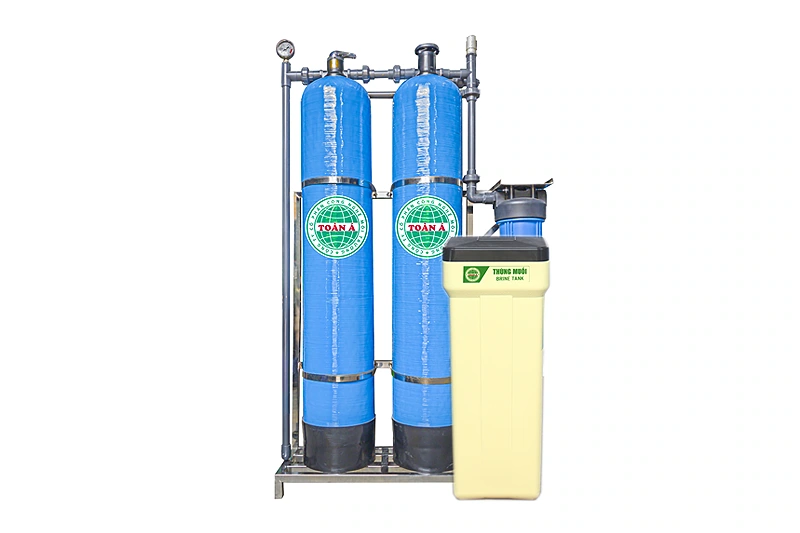


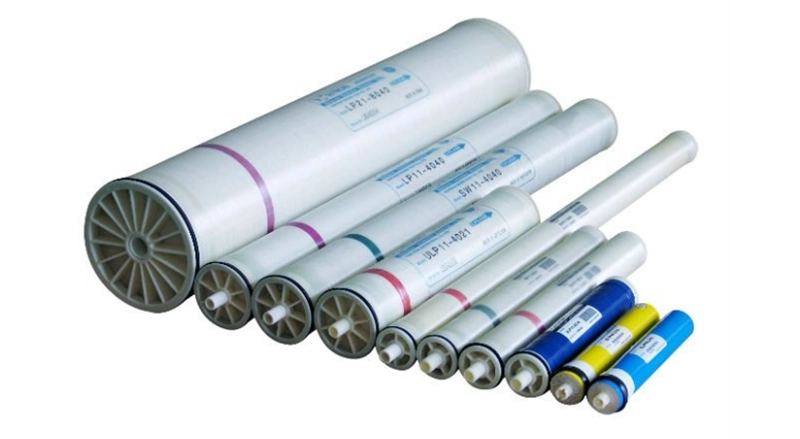
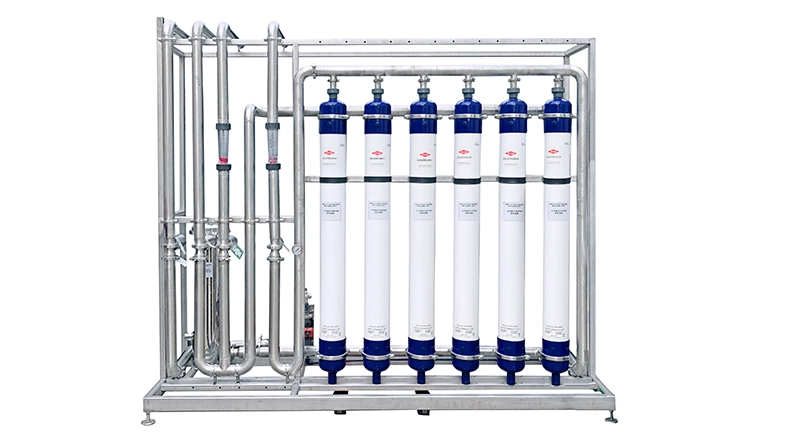


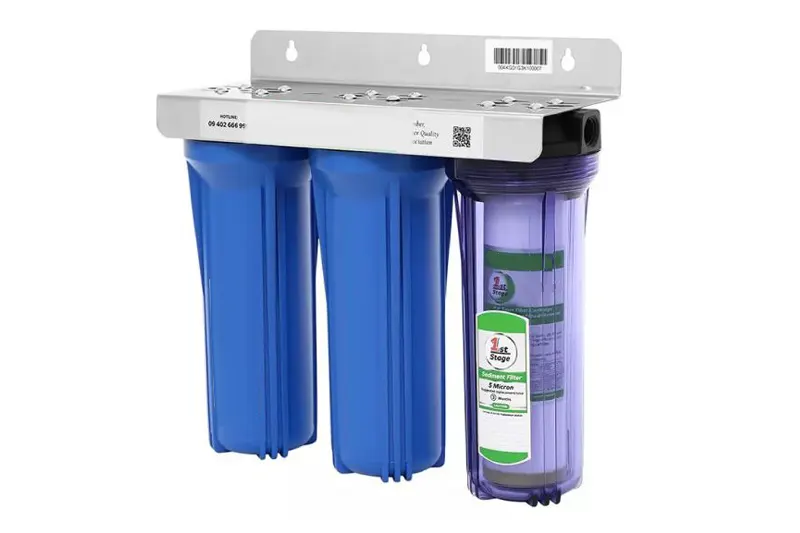

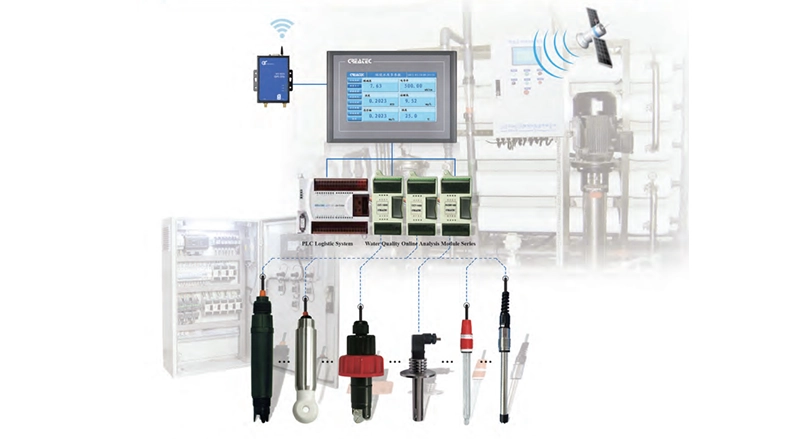
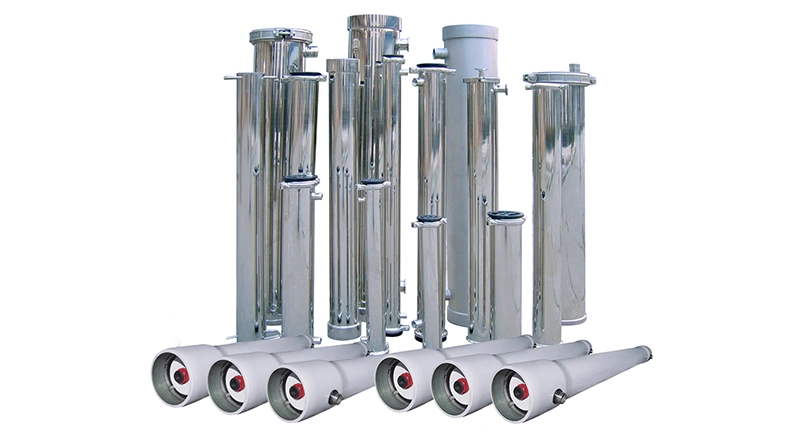
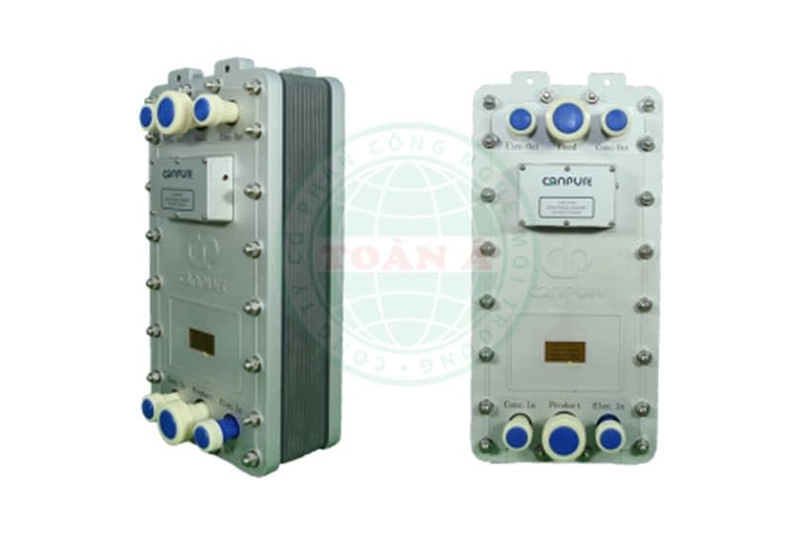
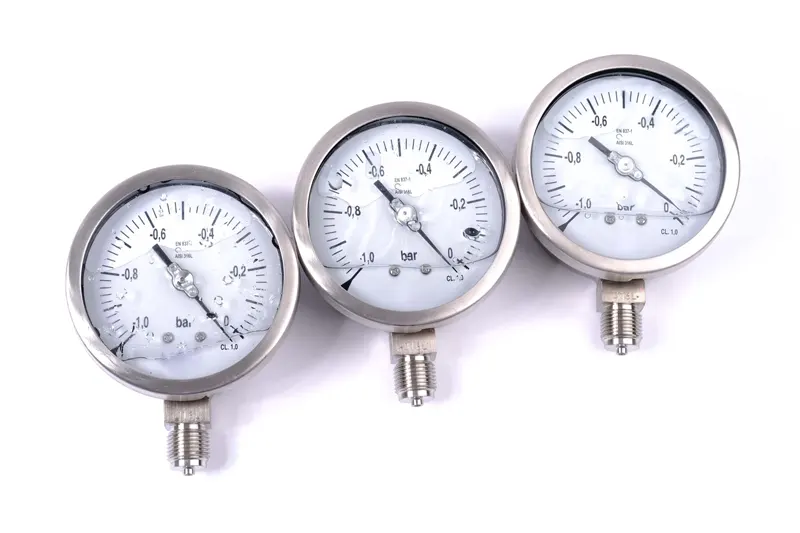
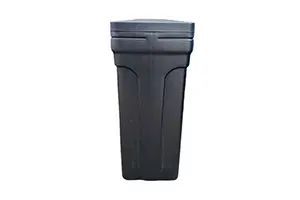


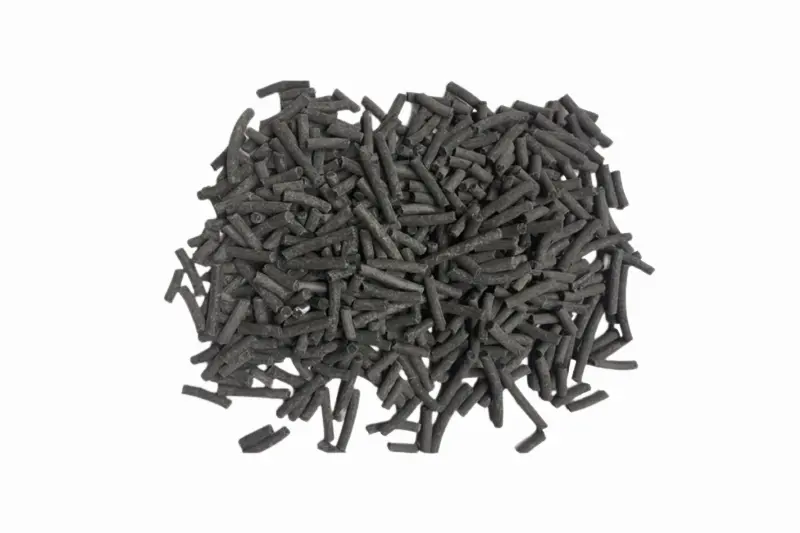
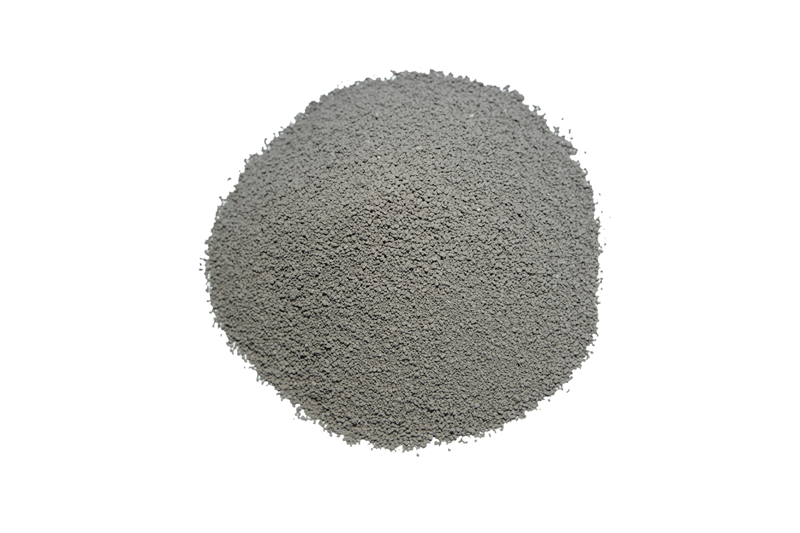
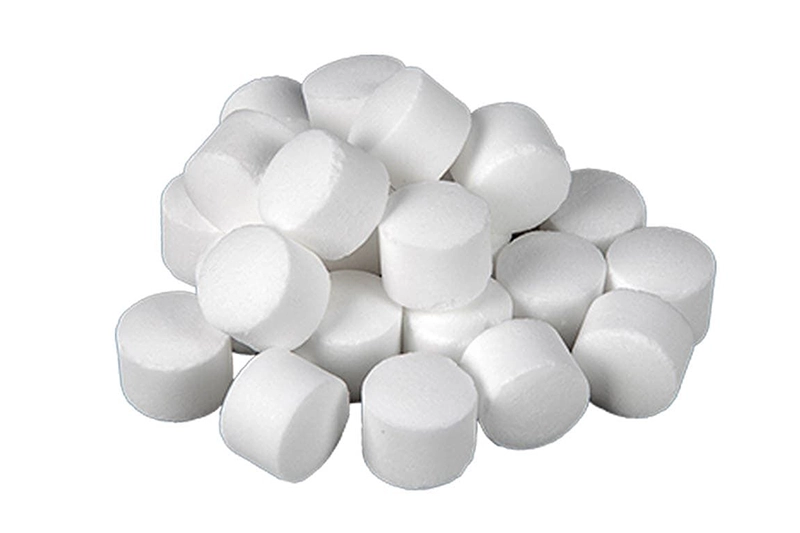
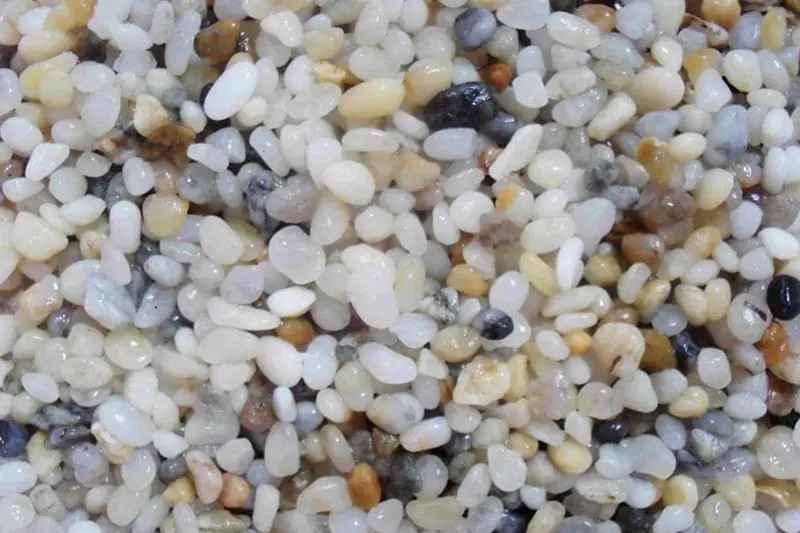
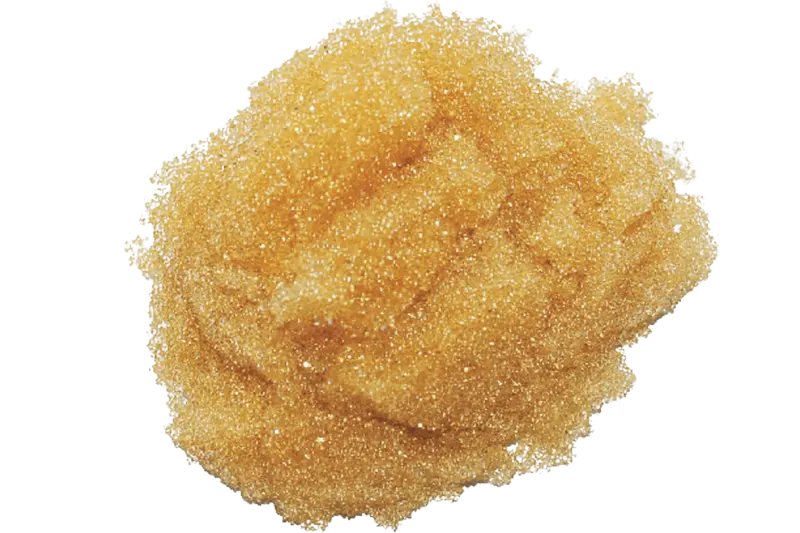













 Water Filter Columns
Water Filter Columns
 Water Filtration Membranes
Water Filtration Membranes
 Control Valves
Control Valves
 Water Filter Cartridges
Water Filter Cartridges
 Water Pumps
Water Pumps
 Water Filtration Equipment
Water Filtration Equipment
 Water Filtration Components
Water Filtration Components
 Water Filtration Materials
Water Filtration Materials
 Heat Pump Water Heaters
Heat Pump Water Heaters



 Products
Products  Solutions
Solutions  Project
Project  News
News